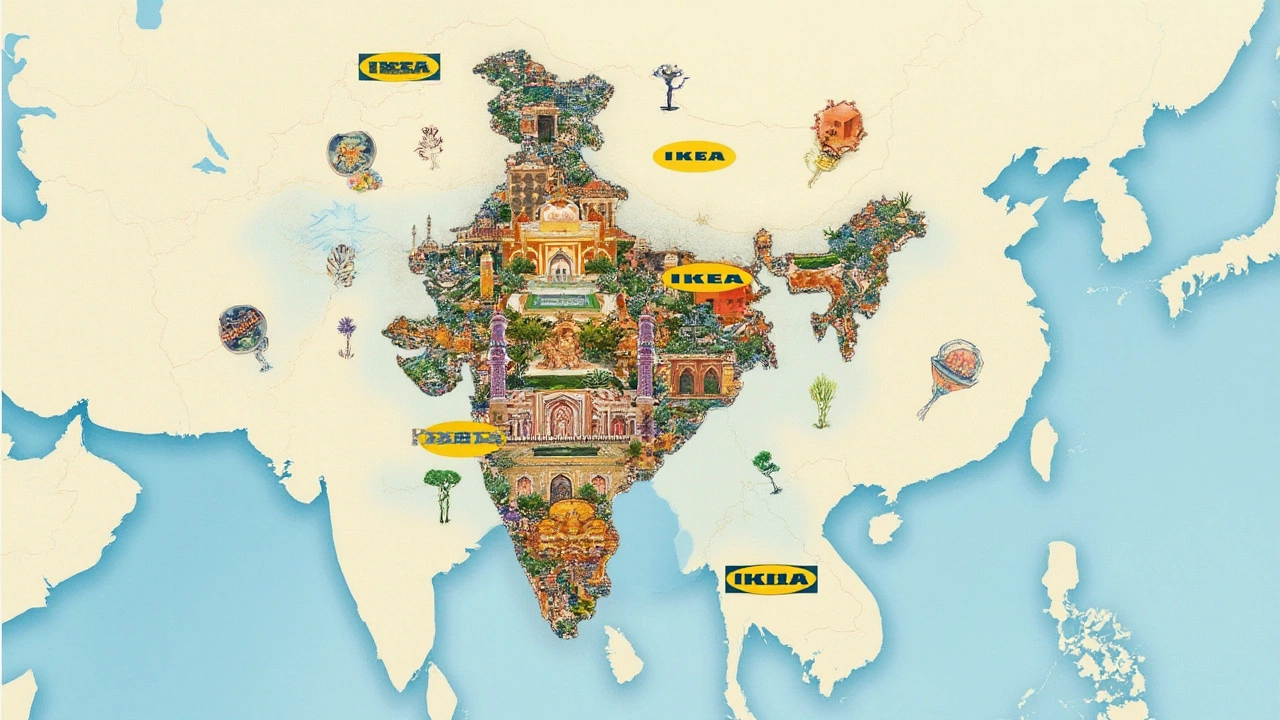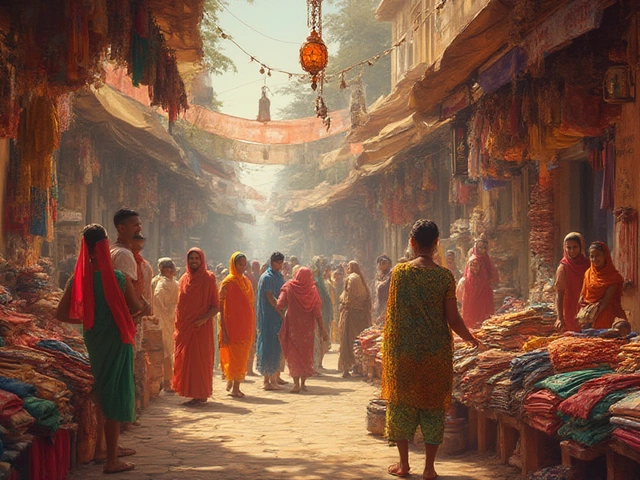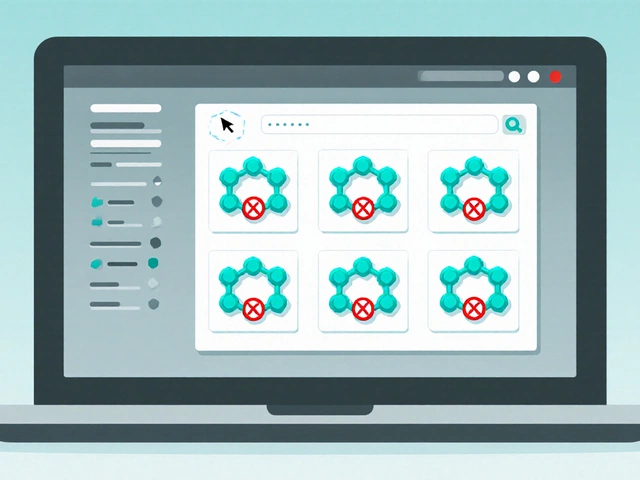When IKEA decided to venture into the kaleidoscopic market of India, it wasn't merely about assembling another furniture store. It was a thrilling leap into a landscape rich with potential and diversity. Imagine walking into a home where the traditional wooden carvings meet sleek Scandinavian designs—this is IKEA's vision for India.
The allure was undeniable: a burgeoning middle class, a youthful population with increasing disposable income, and an economy ripe for international investment. Yet, stepping into India wasn't just about identifying opportunity; it demanded genuine respect for local customs and ingenious adaptations. IKEA quickly realized the need to tailor its offerings to align with Indian lifestyles while maintaining its hallmark efficiency and style.
Navigating the intricate web of India's logistics and regulatory requirements presented challenges, akin to solving a vast, multifaceted puzzle. But IKEA’s persistence paid off, sparking a ripple of economic and social advancements across regions. As more families welcome IKEA into their homes, this enduring relationship thrives—a testament to India's magnetic charm and IKEA’s innovative spirit.
- India's Burgeoning Market
- Cultural Adaptation and Localization
- Logistical Hurdles and Solutions
- Economic and Social Impacts
India's Burgeoning Market
India, often described as a subcontinent of opportunities, stands at the cusp of an economic transformation. This burgeoning market has not gone unnoticed by global giants, including IKEA, which has eagerly set foot into the Indian terrain. One might wonder, what makes India such an attractive proposition?
Dynamic Consumer Demographics
The most striking feature of India's market is its demographic structure. With a population exceeding 1.4 billion, and more than half below the age of 25, India presents a vibrant and youthful consumer base. This youthful zest drives newer consumption patterns, providing international brands with fertile ground to innovate and cater to diverse preferences.
The Growing Middle Class
The expanding middle class, slated to reach a whopping 583 million by 2025, forms the backbone of consumer growth. With improved economic conditions, increased urbanization, and higher disposable incomes, this segment actively seeks products that offer both style and value, aligning perfectly with IKEA's ethos.
Urbanization and Infrastructure Development
Urbanization in India is advancing at an unprecedented pace. As metropolitan areas swell and new urban centers emerge, the demand for housing and home furnishings skyrockets. IKEA strategically taps into these trends, targeting urbanites who crave functional yet aesthetically pleasing home solutions.
A Glimpse at Economic Indices
India's economic indices further paint a picture of promise. With consistent GDP growth rates averaging around 6-7% in the years leading up to 2023, the economic climate is conducive for foreign investment. Moreover, reforms such as the Goods and Services Tax (GST) have simplified the business landscape, encouraging smoother market entry for overseas companies.
| Demographic Group | Projected Number by 2025 |
|---|---|
| Youth Population | Over 700 million |
| Middle Class | 583 million |
India's furniture market itself holds a significant share in this growth story. As of 2023, it is valued at over $20 billion, with optimistic projections for future expansion. The blend of traditional affinity for intricate craftsmanship with contemporary tastes amplifies this sector's potential.
IKEA's proactive approach in recognizing and capitalizing on these multifaceted dimensions exemplifies why India is not just an option but a compelling necessity in today's global business environment.
Cultural Adaptation and Localization
When IKEA India opened its doors for the first time, it did so armed with a deep understanding that success here required more than just a cookie-cutter approach. The diverse and vibrant cultural landscape of India demanded a unique strategy—one that paid homage to both the practicalities and aesthetics favored by local tastes.
Understanding Local Preferences
IKEA delved into extensive market research to unravel the intricacies of Indian consumer behavior. They observed how families lived, cooked, and celebrated—incorporating these insights into products that would resonate with Indian buyers. For instance, given the widespread preference for vegetarianism, IKEA's restaurants made sure to cater not only with distinct vegetarian offerings but also adopted familiar flavors like paneer tikkas and samosas.
Design Tweaks and Product Offerings
Adapting their range, IKEA introduced products that are both functional and fit the traditional architectural constraints and needs of Indian homes. Imagine wardrobes designed to fit into typically smaller rooms or sofas that provide additional storage. These practical adaptations resonated well with the Indian penchant for maximizing space and using every nook efficiently.
Amongst these, the inclusion of the 'masala box'—a quintessential piece in Indian kitchens—showcased their commitment to localization. Like the chameleon adapting its color to fit the environment, IKEA's products slowly began to mirror Indian requirements while maintaining the Swedish essence.
Local Partnerships and Sourcing
Beyond products, IKEA's expansion in India involved building valuable partnerships with local suppliers and artisans. By sourcing materials locally and integrating Indian craftsmanship, IKEA not only reduced costs associated with imports but also contributed to the local economy, offering employment and skill development opportunities.
Working closely with Indian bamboo and textiles suppliers, IKEA enriched its product lines with sustainable materials while ensuring that they maintained rigorous Swedish quality standards. This synergy between global expertise and local sensibilities strengthened IKEA's position as a favored furniture destination in India.
| Localization Strategy | Execution |
|---|---|
| Customized product designs | Introduced masala boxes, storage-enhanced furniture |
| Local culinary offerings | Vegetarian menu with Indian flavors |
| Employment generation | Partnership with local artisans and suppliers |
The initiative to localize accentuated IKEA's belief in 'Think Global, Act Local'. By blending a global brand ethos with cultural nuances, IKEA achieved a harmonious balance—fostering an atmosphere where Indian buyers felt understood and appreciated. In return, the Indian market welcomed IKEA not merely as a foreign entity but as a brand that truly belongs.

Logistical Hurdles and Solutions
For a global behemoth such as IKEA, entering the Indian market presented a unique set of logistical challenges. The sprawling country, with its myriad of languages, tastes, and infrastructure inconsistencies, required IKEA to craft a roadmap that was as adaptable as it was innovative.
Challenges in Infrastructure
India's vast geographical spread was coupled with often unpredictable road conditions and regional disparities in connectivity. It posed a significant hurdle for IKEA, which relies on a streamlined supply chain and punctual delivery system. Transporting goods across states sometimes felt like navigating a changing labyrinth.
Overcoming the Supply Chain Maze
One of the pivotal strategies IKEA employed was establishing localized distribution centers. By doing so, they could ensure that products were closer to the customer, reducing transportation time and risks. These hubs were strategically placed near major urban centers where demand was highest, such as Mumbai, Hyderabad, and Bengaluru.
Regulatory and Bureaucratic Navigation
The Indian bureaucracy, known for its labyrinthine procedures and diverse state regulations, required deft handling. IKEA worked closely with local authorities to ensure compliance with the stringent retail policies, and crafted a business model that respected India's rules while promoting its global ethos.
Leveraging Technology
Embracing technology was another crucial pillar in overcoming logistical hurdles. With the establishment of a robust IT infrastructure, IKEA was able to track inventory in real-time, enabling swift responses to supply-demand fluctuations. The use of data analytics allowed for predicting purchasing trends, helping to stock what customers desired most.
To exemplify this adaptation in numbers, consider the data in the table below which outlines IKEA's operational adjustments over the years:
| Year | Number of Distribution Centers | Average Delivery Time (days) |
|---|---|---|
| 2018 | 2 | 10 |
| 2020 | 5 | 7 |
| 2023 | 8 | 3 |
This approach not only improved efficiency but also instilled trust and reinforced IKEA's commitment to providing high-quality service, crucial in a developing market like India.
The Outcome
By creatively solving these logistical hurdles, IKEA laid a strong foundation in India. The company's ability to marry global practices with localized solutions underscores its strategy as a model for other international businesses eyeing similar expansions. The lessons garnered and the innovative solutions implemented by IKEA continue to illustrate the intrinsic value and potential within the Indian market.
Economic and Social Impacts
When IKEA India opened its first store in Hyderabad in 2018, it wasn't just a landmark retail event; it signaled a broader economic and social phenomenon. The entrance of this Swedish furniture giant into the Indian market catalyzed transformative effects on multiple fronts.
IKEA's presence in India has created a substantial number of jobs. By 2025, the company aims to employ over 10,000 people directly. Besides, its operations support indirect employment across logistics, manufacturing, and supply chain industries.
"IKEA aims to empower communities by infusing global expertise while embracing local craftsmanship," says Jesper Brodin, CEO of the Ingka Group.
The company's keen interest in the local supply chain is noteworthy. Approximately 20% of IKEA's products sold in India are sourced locally, aligning with Prime Minister Narendra Modi's 'Make in India' initiative. IKEA's collaboration with local artisans not only elevates their socio-economic status but also breathes new life into traditional crafts.
Boost to the Economy
The economic ripple effects of IKEA's expansion are far-reaching. With an investment plan exceeding €1.5 billion, the company aims to open around 25 stores and reach 200 million customers in India over the next few years. This influx of capital encourages infrastructural development, elevating commercial activity in the regions surrounding IKEA stores.
Social Investments
IKEA isn't just about business; there's an underlying social responsibility ethos. The company pledges support for gender equality and sustainable practices, offering products that cater to energy-efficient homes. Initiatives like IKEA's bridge placement programs for women provide training and career opportunities, helping bridge the gender employment gap in India.
- Enhanced employment opportunities
- Infrastructural developments
- Support for local supply chains and artisans
- Sustainable product offerings
Ultimately, the enduring legacy of IKEA India will not only be measured by its sales figures but by its role in fostering socio-economic change and fortifying Indo-Swedish relations. As IKEA continues its journey, it paints a broader picture of a thriving, evolving economy where cultural exchange and collaboration catalyze progress.











Write a comment